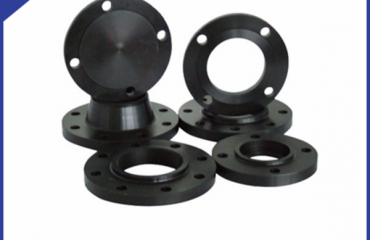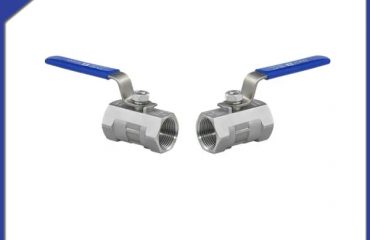
Plate flanges are an integral component in various industrial settings, serving a wide range of functions that are crucial for the efficient operation of machinery and equipment. These flanges are flat, circular discs that are used to connect pipes, valves, and other equipment in a piping system. They play a significant role in maintaining the integrity and stability of the system, ensuring that it functions smoothly and safely. Let’s explore some of the key functions of plate flanges in industrial settings.
One of the primary functions of plate flanges is to connect pipes and valves in a piping system. By providing a secure and tight seal, plate flanges help to prevent leaks and ensure that the system operates efficiently. They are typically bolted or welded to the adjoining equipment, creating a strong and durable connection.
Plate flanges also serve as a support for pipes and valves, helping to distribute the weight and pressure evenly across the system. This prevents stress and strain on the components, reducing the risk of damage and ensuring the longevity of the equipment.
Plate flanges are designed to handle high-pressure applications, providing a tight seal that prevents leaks and ensures the safe containment of fluids and gases within the piping system. They are available in a variety of materials and designs to suit different pressure requirements, making them a versatile choice for industrial applications.
Plate flanges are often made from corrosion-resistant materials such as stainless steel, carbon steel, or alloy steel, which helps to protect the components from rust and degradation. This ensures the longevity of the equipment and reduces the need for frequent maintenance and replacements.
 Language
Language Espanol
Espanol English
English Italian
Italian عربى
عربى
 Skype: chinamaker99
Skype: chinamaker99  Tel: 86-316-5120812
Tel: 86-316-5120812 Email:
Email:  Whatsapp:
Whatsapp: 
